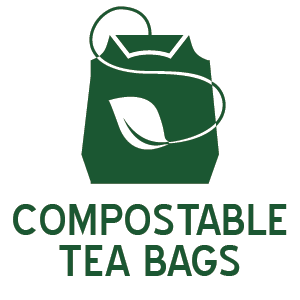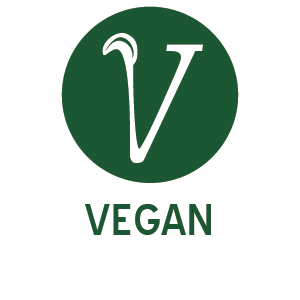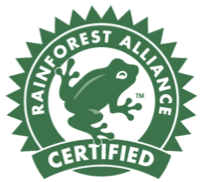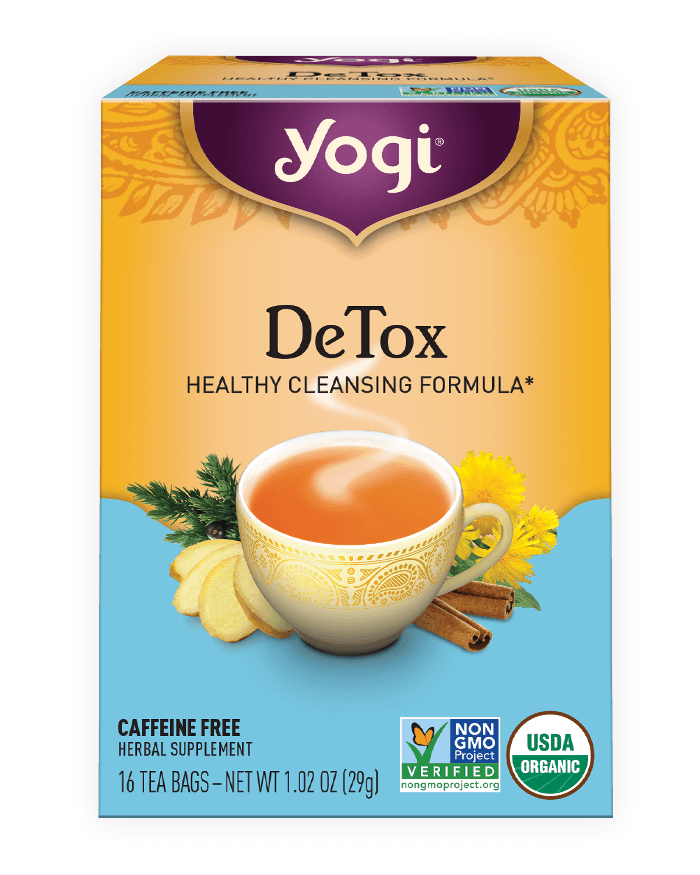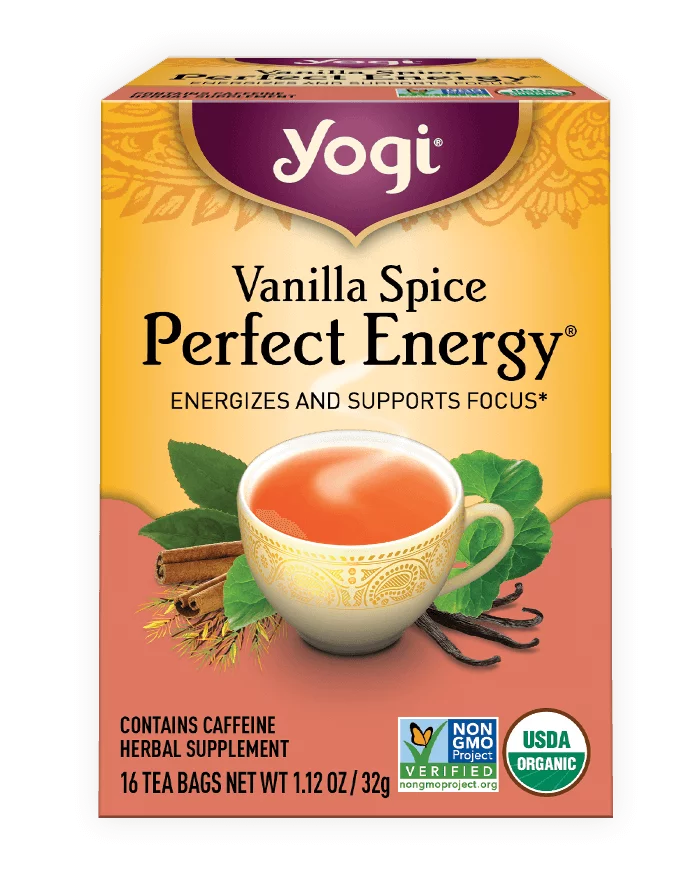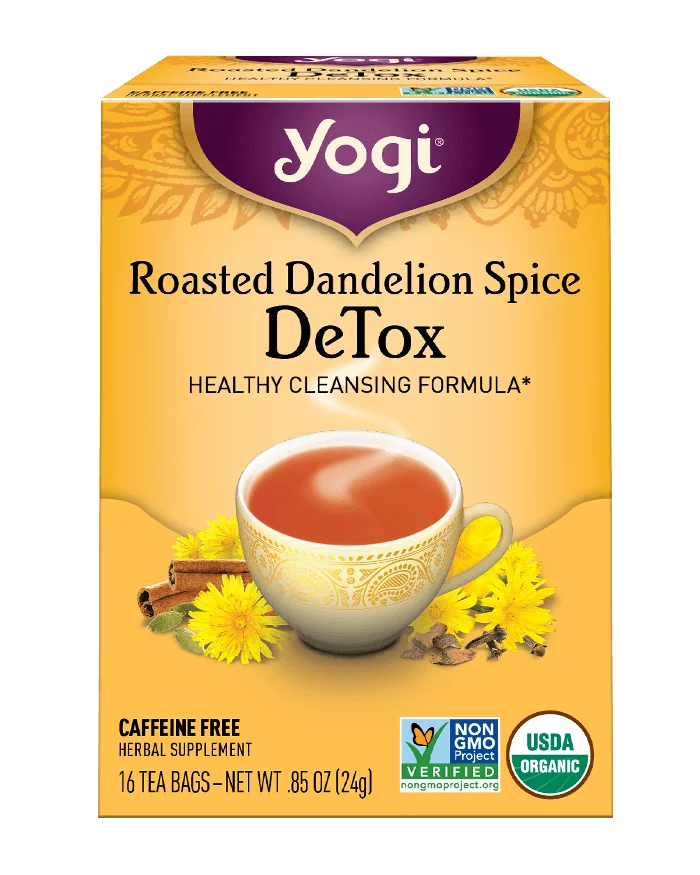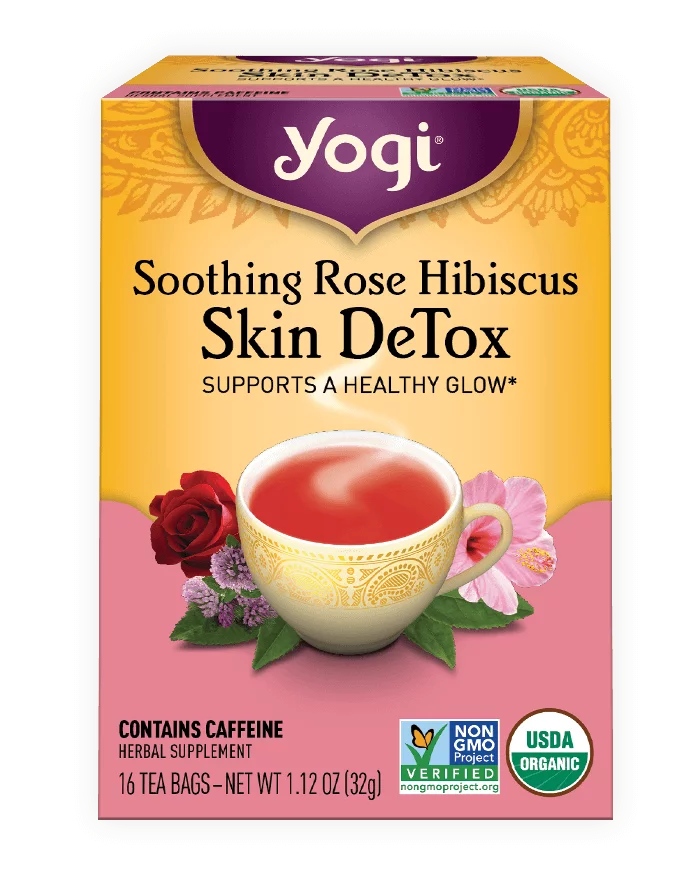
Soothing Rose Hibiscus
Skin DeTox Tea
SUPPORTS A HEALTHY GLOW*
Yogi Soothing Rose Hibiscus Skin DeTox tea combines fragrant Rose Petal and Hibiscus, both used in Ayurveda to help soothe the skin, with Dandelion, Burdock, and Yellow Dock; herbs traditionally used to support cleansing. Sip on Yogi Soothing Rose Hibiscus Skin DeTox tea anytime you want to enjoy a deliciously floral tea that promotes skin health and supports your healthy glow.*
Each tea bag contains approximately 12 mg of caffeine, as compared to approximately 90 mg in 8 oz of coffee.


Supplement Facts
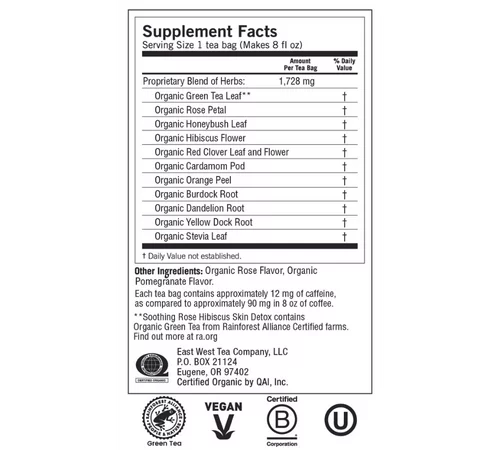
Yogi Soothing Rose Hibiscus Skin DeTox Tea Ingredients
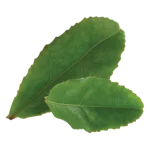
Green Tea Leaf
Green tea is made from the unfermented leaves of Camellia sinensis, the same plant that gives us black and oolong teas. All teas from Camellia sinensis supply antioxidants, but because green tea is the least processed, it is said to contain the most antioxidant polyphenols, which are responsible for its many health benefits.

Rose Petal
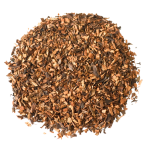
Honeybush
Honeybush is indigenous to the cape area of South Africa, where it has been used for centuries to make a beverage and a medicinal tea. Similar to the famous rooibos, also native to South Africa, honeybush brews into a delicious tea with a pleasant, mildly sweet taste and aroma, somewhat like honey. Honeybush tea is caffeine free and supplies antioxidants.
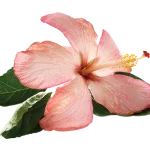
Hibiscus Flower
Hibiscus is a large genus of about 200 flowering plants native to warm, temperate, subtropical and tropical regions throughout the world. Used as a primary ingredient in many herbal beverages, hibiscus flower is also used by herbalists to support bowel function and urination. In Traditional Chinese Medicine, hibiscus is used to support skin health.

Red Clover
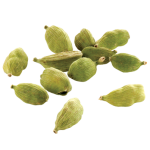
Cardamom

Orange Peel

Burdock Root
Burdock Root - a member of the daisy family that originated in Eurasia - is now firmly established as a naturalized plant in North America. Herbalists value burdock for helping to detoxify the liver. The root is served as a food in Japan, where it is known as gobo. Resembling a long brown carrot, burdock can be prepared in the same way you might enjoy a carrot, such as fresh juice or in a stir-fry dish.
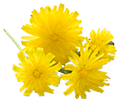
Dandelion Root
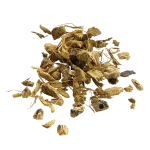
Yellow Dock Root
Yellow dock (Rumex crispus) is leafy-green plant distinguished by its yellow carrot-shaped root. In herbal medicine, it has a long history of use as a detoxifying herb, as well as to support the skin and liver; for those purposes it is often combined with dandelion root. A mild laxative, it contains anthraquinone glycosides, the active ingredients also found in senna leaf. A rich source of iron, yellow dock root has been traditionally used to supply iron to the diet.
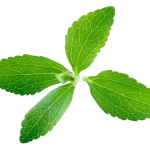
Stevia Leaf
Stevia is a genus of about 240 species of herbs and shrubs in the sunflower family native to subtropical and tropical South America and Central America. The leaf is used primarily as a sweetener in South America. Locals there use it as a substitute for sugar for those who can't use sugar. Various glycosides, including stevoside - which is about 100 to 200 times sweeter than sugar - provide the sweetness. It is widely used as a non-sugar sweetener in other areas of the world, particularly in Japan.





